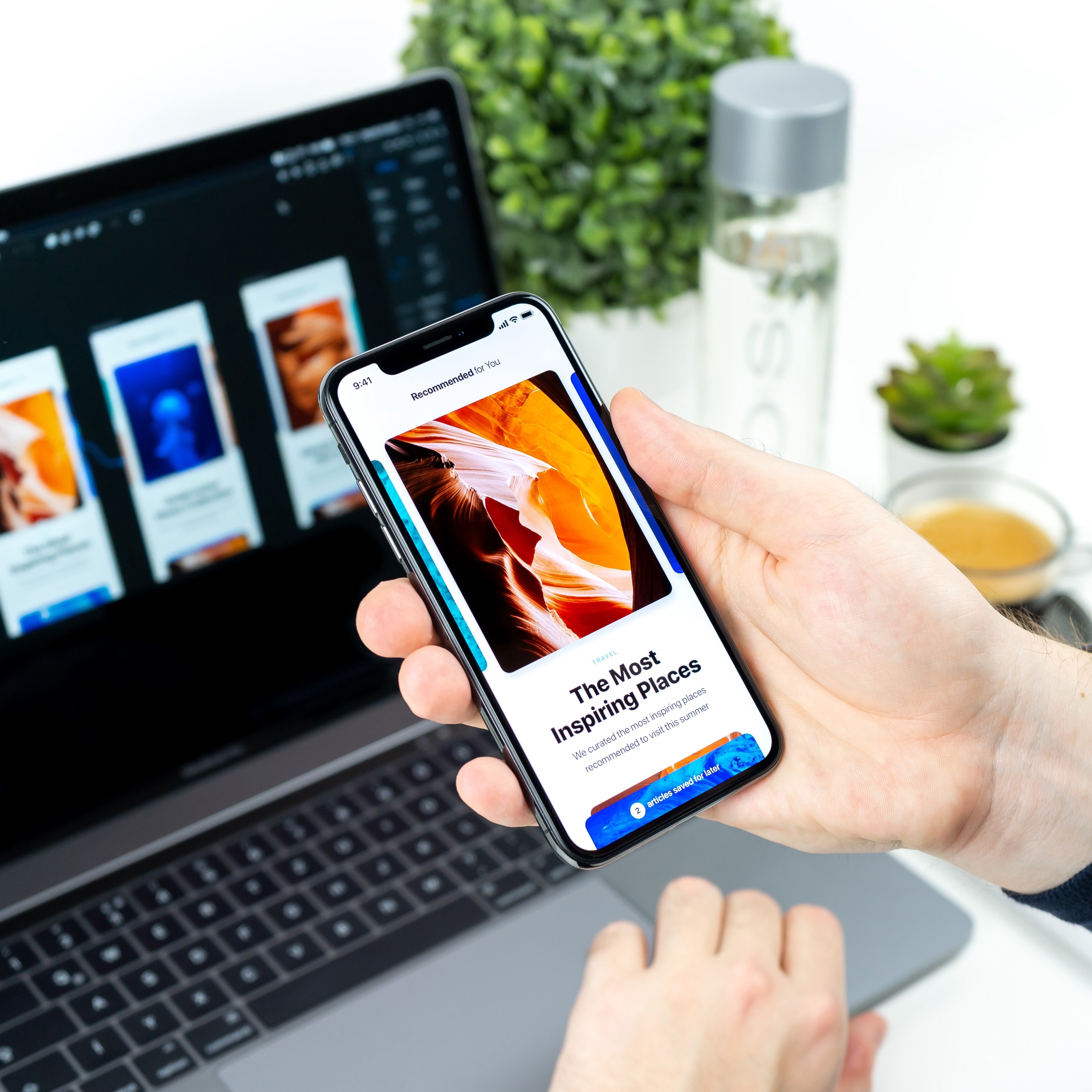Web design trends

Large images
It’s not just text that’s getting bigger – images too!
It was once important to limit the size of images due to limited network bandwidth, but over time this problem has become less and less relevant. As a result, large images filled the Internet.
Images will take center stage with exciting new features. Amazing methods will emerge for responsive resizing, extracting primary colors for backgrounds, and optimizing images for minimal server load.
In addition, the main trend will be the use of images as a background. Blurring and various filters will allow the text to “float on top” without sacrificing usability.
Gradually, designers are getting used to the fact that they can use huge images in their projects, which means that you can expect such drawings to appear more and more often!
–
Scroll Animation
Perhaps the most impressive trend has been the parallax scrolling effect.
We see it everywhere, even on the major websites of some products from Apple and Google. The results speak for themselves: having parallax scrolling can improve a website by as much as 70%!
Using scrolling instead of clicking as a navigation method is brilliant for several reasons. It takes less time to load a page, and more importantly, it’s possible to smoothly navigate from one section to another without annoying page refreshes. Information comes gradually.
–
Using infographics
As humans (a species that receives 70-90% of information through sight), we absorb information better when it is presented in graphical form, which has led to the popularity of infographics. Infographics are an easy way to convey a lot of information with a high degree of absorption.
A new trend has emerged. Webgraphics! Like infographics, web graphics also convey large amounts of information, but include interactive elements that allow the user to physically interact with the information. It is visually more attractive than infographics and significantly increases the degree of assimilation of information by the user.